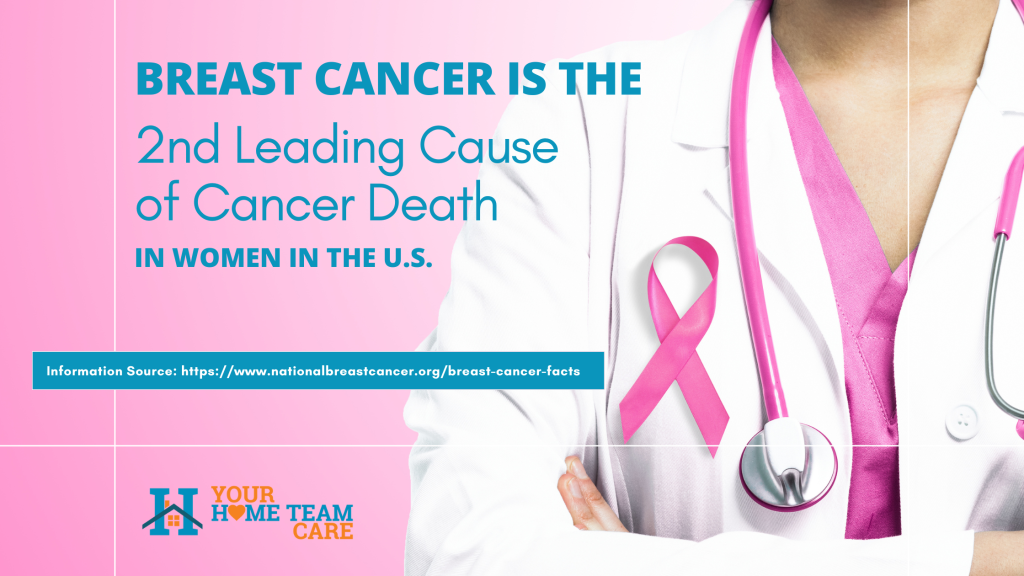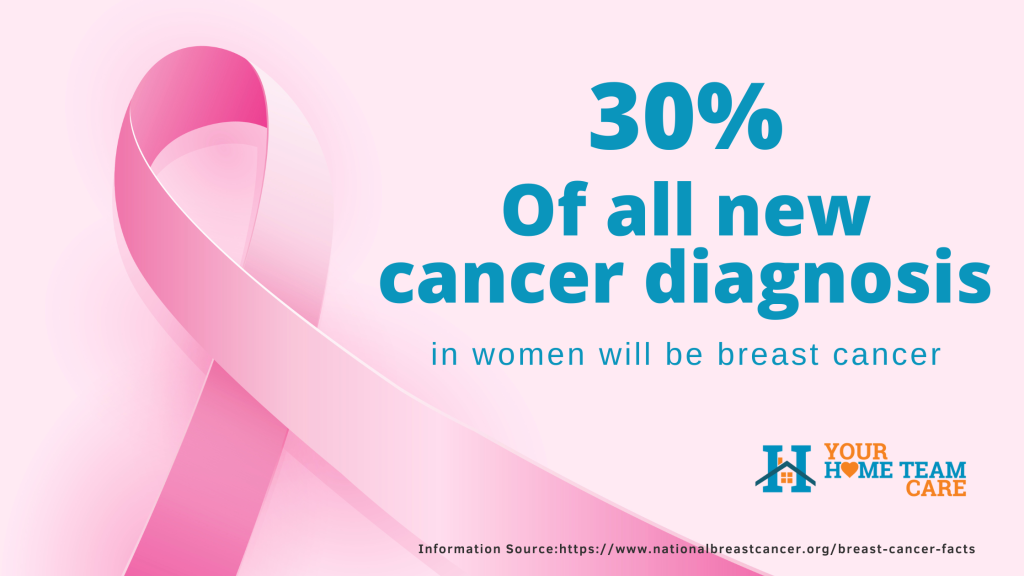Women around the world are at risk of having breast cancer. If you are age 40 and above, you are at an increased risk of getting breast cancer. Of the women over 40 reported with breast cancer, around 76% of them have no other risk factor except for their age. Regardless of age or race, breast cancer is the leading cause of death among women in the US.
Some people may think that if you have never smoked a day in your life and lead a healthy lifestyle, you are exempt from developing the disease.

Breast Cancer Facts & Statistics In The US
- There is an estimated 287,500 new cases of invasive breast cancer in 2022 that will be diagnosed in women within the United States and 51,400 new cases of non-invasive (in situ) breast cancer cases.
- 65% of breast cancer cases are diagnosed at a localized stage (meaning that: there is no sign that the cancer has spread outside of the breast) The relative survival rate of 5 years is 99%.
- in 2022, an estimated 43,550 women will die from breast cancer within the United States
- In rare cases, men can also get breast cancer. There is an estimated 2,710 men expected to be diagnosed with breast cancer & close to 530 men will die from this disease.
- 1 out of 8 women will be diagnosed with breast cancer in her lifetime in the US.
- Except for skin cancers, breast cancer is the most common cancer found in women born in the US. It is estimated that in 2022, close to 30% of all cancer diagnoses among women, will be breast cancer.
- Survivors of breast cancer in the US surpass well over 3.8 million.
Let’s Take a Look at The 4 Stages of Breast Cancer
| STAGE 0 | In this stage the cancer cells are present in either the lining of the milk glands (lobules), or in the tubes (ducts) that link the milk glands to the nipple. Cancer cells have not spread to the nearby fatty tissue in this stage. |
| STAGE 1 | In stage 1, cancer has spread to nearby fatty tissue in the breast. The tumor size is about 1 inch or smaller; no cancer cells are found present in surrounding lymph nodes. |
| STAGE 2 | In stage 2, the size of tumor is 1 to 2 inches in diameter; the cancer cells may have also spread to nearby lymph nodes. |
| STAGE 3 | In stage 3, cancer is locally advanced. Tumors are approximately 2 inches or more in diameter, or tumors of any size have spread to lymph nodes in the under arm area or in the chest (above/below the collarbone). |
| STAGE 4 | In stage 4, the cancer is referred to as metastatic, advanced breast cancer. This is because the cancer has spread from the breast & lymph nodes to other parts of the body. |
When it comes to this disease, early detection is the best chance women have for survival. It’s important that all women, no matter their age or race, take advantage of the resources available to them. This includes educating themselves about the risk factors connected to breast cancer, as well as learning about the different stages of the disease & the symptoms to look for. From teens to adults, all women should be educated on the proper ways to carry out a breast self-examination on a regular basis.
There are several things which can put women at a higher risk of developing breast cancer, which include:
- Early menstrual cycle
- Using contraceptives for a prolonged period of time spanning years
- Having a late 1st full-term pregnancy
- Exposure to radiation in high doses
- Hereditary genetic mutation
Women 40 years of age and older, should take even more precautionary measures like having a mammography exam annually and also learning about the risks older women have when it comes to breast cancer.
If you’re conducting a self-examination, you’ll need to look out for a lump or thickening in the breast, discharge from your nipple, scales/scaliness on your skin surrounding the nipple, change in nipple shape/color or texture and any dimpling or puckering of the nipple.
If you do find a lump, it’s important to stay calm and contact your doctor immediately. At your doctor’s appointment, they will be able to conduct a more thorough breast examination. With the advancement in technology, breast cancer treatment is a lot less radical then in years past and your chances of survival is a lot better if detected early.

The third Friday in October each year is National Mammography Day. Be sure to get yourself screened.
Information Sources:
https://www.nationalbreastcancer.org/breast-cancer-facts
http://treat-breast-cancer.info/

